Today I will be be presenting a critical view of Rear Window directed by Alfred Hitchcock in 1954. The first of his most famous films, with Vertigo, North by Northwest, Psycho and Birds to follow successively in the nine years to come. The film Rear Window was added to the United States National Film Registry in the Library of Congress as being “culturally, historically, and aesthetically significant”. I will be investigating why it is seen as such an aesthetically significant film even to this day.
The movie in question explores the limited perspective of the protagonist L.B. Jeffries and his quest to uncover the truth behind a suspected murder in his neighbourhood. The viewer is taken on a journey of suspense from the confinement of Jeffries apartment as you are forced to decide on which conflicting theories to believe, whilst dipping in and out of small sub-plots developing in parallel with the main investigation. Themes of voyeuristic ethics, feminism, and the dynamics of community living are examined. The tense narrative, along with a limited space set design, and the photography by Robert Burks, make this what is thought to be one of the best films from the English director.
Hitchcock depicts the themes of Rear Window through cinematography and set design. According to Steven Jacobs a film historian, Hitchcock described the film’s plot as “the purest expression of a cinematic idea.” This could be interpreted to be a reference to the voyeuristic theme that encapsulates the film. The term ‘voyeurism’ defined by the Oxford Dictionary originally meant an act of “gaining sexual pleasure from watching others when they are naked or engaged in sexual activity.” However now the term is more loosely related to the observing of others.
It is said that Rear Window expressed themes of both the universal pleasure of observation as well as links to Scopophilia , this is also a term to derive sexual pleasure from looking. This can be seen to be present throughout the observation of Miss Torso, the beginning scenes of the sunbathing ladies and the helicopter overhead or even Jeff’s observations of the newly-weds.
Laura Mulvey, a British Feminist Film Theorist speaks of how Hitchcock’s skilful use of identification processes and liberal use of subjective camera from the point of view of the male protagonist draw the spectators into his position.
Mulvey also describes the concept of The Gaze within Rear Window and how it characterises cinema as an instrument of male spectatorship. She claims classical cinema produces images of women reflecting male sexual fantasies. Mulvey went so far as to suggest that the cinematic is coded as male. Feminist critics frequently consider filmic point of view as an indication of power or control within the movie. Although there could be seen to be a division on the set of what is viewed and where the viewer sits, as Lisa represents a dominant independent woman and Miss Torso the typical passive female role. The set arrangement aligns Jeff’s apartment with Miss Torso’s this may be a representation of his internal dilemmas as he questions his relationship with Lisa and his reluctance to commit. Critic Robin Wood suggested that all the windows are representations of possible future outcomes for Jeff’s life.
The principle of cinema relies on the gratification of observing others. Although this is taken to a new level within Rear Window, as the audience is drawn in and trapped within Jeffries perspective for the majority of the film. This is unusual for Hitchcock’s films as he is known for allowing the audience to know more than the characters in order to prolong suspense. In this case the suspense comes from the piecing together of observations slowly revealed throughout the film. The pinnacle being when Jeffries himself is revealed to Lars Thorwald and the plot quickly unravels .
The posters of the movie seen displayed here show the prominence of the set within the film as it is the main feature of the illustrations. This is also reflected in the original trailers which are said to show a slow pan of the set with a voice-over and no actors.
Filmed in Paramount studios in Los Angeles but set in ‘Greenwich Village’, New York, this film was shot entirely in a studio within this one set. When designing the set they had to create a sense of reality so according to a Paramount Advance Campaign documenter Hitchcock “dispatched four photographers to that colourful section of New York with instructions to shoot the village from all angles, in all weathers and under all lighting conditions from dawn to midnight.”
It has been argued that the social context and architecture of Hitchcock’s films act as psychic amplifiers of the story. Rear window opens to a panning of the Manhattan apartment block, dipping in and out of the neighbours lives in snippets. The opening scene creates a dynamic narrative through the architecture of communal living depicting the eccentric to the mundane members of every community.
John Belton claims the set to be the star of the show. He even goes as far to say it is more central to the success of the film than James Stuart or Grace Kelly. The set altogether is said to have cost 25% of the budget compared to 12% for the actors. This highlights Hitchcock’s priorities for this film. Hitchcock wrote in an entry for the Encyclopedia Britannica “an art director must have a wide knowledge and understanding of architecture.” His time as an art director in the 1920’s began his habit for sketching out his scenes on storyboards much like the work of Jack Tati. This was not a usual habit for Hollywood but allowed the sense of control in shots which Hitchcock demanded. He states “I wish I didn’t have to shoot the picture. when I’ve gone through the script and created the picture on paper, for me the creative job is done and the rest is just a bore.”
Joseph MacMillan designed the set and supervised its construction. The set was built for the camera and cinema spectator, placing them at the central station point.
In the opening sequence we see the rule of thirds within the fenestration slowly revealing the set beyond with the rise of the shading as if to open the show. Followed by a slow pan exploring the extents of the set and instating the characters. However Jeff’s apartment exterior is the only building left out. Michel Chion talks of the forgotten fourth wall in the set which explores the fact that Jeff’s apartment block is somewhat removed from the set as it is not even seen to house anyone but him in the end scene when it is finally visible. There exists a whole other dimension to the film of potentially other voyeurs witnessing the same as him. This follows the concept of Jeff being a part of a window between the film and the audience watching.
The theory of the fenestration surrounding the courtyard being representative of television screens comes up time and time again in discussion of Rear Window. It could be argued that Hitchcock used this idea to comment on the rise of television in the 1950s. It is said that the designers even matched the size of the windows to the aspect ratios of film.
The Director has often been referred to as Non-Architect because of the level of detail within his set design. Even within the interior design of Jeffries apartment there are visual dialogues such as the vital clues to his occupation for example a framed ‘negative’ of a blonde woman’s face. The same photograph in ‘positive’ form is the on the cover of a large stack of magazines which sets the scene establishing Jeffries occupation. An example of architectural dialogue would be the separation of the the windows in the Thorwald’s apartment. This feature is thought to allude to the couples fragmented relationship. As well as the fact all of the apartments can be seen to inherit the space of the courtyard as a communal room which connects them. The labyrinth of divided spaces within the courtyard is intended to be a representation of the isolation and divisions within the community. One way this could be seen is that when the community is drawn together into the courtyard during the climax of the film, the slow pan at the end seems to reveal the neighbourhood going back to normal as if nothing had happened, although you will notice Miss Lonely hearts in the composer’s apartment. So drawing the community together into the space has made them closer.
Much of the set design does require a suspension of disbelief in relation to simple architectural geographies. For example the way the characters navigate this labyrinth in such a timely manner, to keep the audience drawn in. However these nuances are forgiven as they are clouded by the overriding suspense of the plot. The orientation of the set means that the sub-plots of Feminism and what could be argued as subversive topics such as Scopophilia are often overlooked by the main plot of the murder.
In the wrong house : Architecture of Alfred Hitchcock by Steven Jacobs, he draws parallels between the Rear Window Set and theatres. He describes Jeff’s view as reminiscent of the archetypical stage sets seen in early examples of modern Renaissance theatre buildings. The similarities of the urban architectural fragments and manipulation of geometric space are undeniable. However because of the singular point of view of the cinematography this film would not work in a theatre environment. Designer Pereira emphasised Rear windows singular set could never have been duplicated on stage. according to him Hitchcock has reversed the time worn rules by creating a one set movie which could only be done as a movie.”
The design of the set was maximised by the careful use of composition and diegetic cinematography. Zooming, pans and jump cutting allow the one set used in the film to create a dynamic understanding of the neighbourhood. Although we never move from one spot we are allowed escape by dollying into portals of sub-plots of the neighbours. The use of Jeff’s binoculars and camera are a clever way of allowing the viewer to see details in a realistic manner without leaving Jeff’s point of view. Jeff’s emotions are also present in the cinematography of his view of Lisa. The scenes in which he looks at her give us the feeling of his strength of love for her as she is the only thing in focus in shot. Hitchcock’s use of depth of field in these shots creates an representation of his feelings for her as everything else becomes insignificant.
Cinematography and set design allow the theme of burial to be central metaphorically and literally to the narrative at all times. The garden is used as a marker to signify the development of the plot as we see the camera dolly back to the garden each time there is a development.
The lighting used in the film is said to be an psychoanalytical device used to direct the viewer into when to feel scared, intrigued or contemplative. A lot of the film is about the question as to whether or not Thorwald did kill his wife and doubt is often cast by the lack of lighting which can cause the audience to question their suspicions.
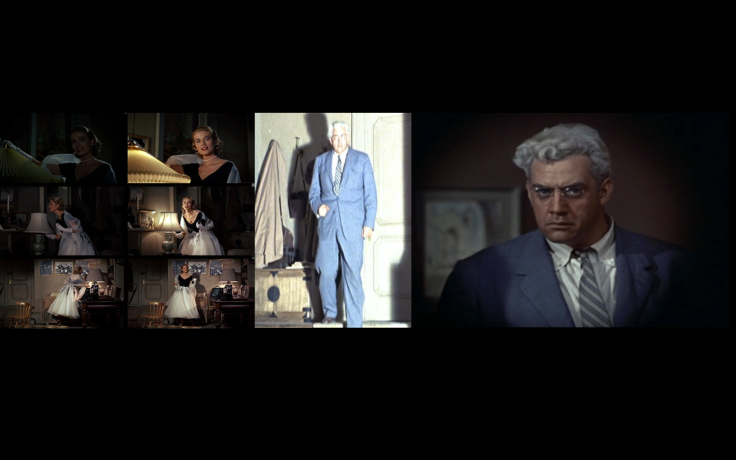
However it is intriguing that at the point the characters choose a definitive path of believing in the suspicions it is down to the lack of lighting in Thorwald’s apartment. As the small burning trail of his cigarette shines through the darkness alluding to his presence and deliberate isolation from the community. This powerful technique is expressed best when Thorwald notices Jeff watching him. Also the vignette effect caused by the view from the camera draws viewers attention to the subject of the shot.
Juhani Pallasmaa’s book The Architecture of Image: Existential Space in Cinema states that in Hitchcock’s films North by Northwest, Rear Window, Vertigo, Psycho and The Birds, for instance – buildings have a central role. He states Hitchcock is indeed very conscious of the mental workings and meanings of architecture. His interest in architecture is expressed in his response to François Truffaut’s question concerning the house in his previous film Sabotage: ‘ in a way the whole film is a story of that house. The house was one of the three key figures of the film’. Hitchcock also confesses that the two buildings in Psycho, the quasi-Gothic house and the horizontal motel, form a deliberate architectural composition: ‘I felt that kind of architecture would help the atmosphere of the yarn he comments.
Now I would like to draw your attention to Hitchcock’s past he started off in silent German Expressionist films. In which he worked as a set designer. While a stage designer, Jacobs argues, Hitchcock not only digested the Expressionist aesthetic, then popular in German cinema, but also experienced first hand the dynamics of the studio system and all the control implicit in it. “German cinema was more architectural, more painstakingly designed, more concerned with atmosphere,” Jacobs writes, quoting the Hitchcock biographer Patrick McGilligan.
Hitchcock’s idea of pure cinema rested on a classical theory of montage he stated “The silent pictures were the purest form of cinema; the only thing they lacked was the sound of people talking and the noises. But this slight imperfection did not warrant the major changes that sound brought. In many of the films now being made, there is very little cinema. They are mostly what I call ‘photographs of people talking which bears no relation to the art of the cinema’ When we tell a story in cinema, we should resort to dialogue only when it’s impossible to do otherwise. I always try first to tell a story in the cinematic way, through a succession of shots and bits of film in between… To me, one of the cardinal sins for a scriptwriter, when he runs into some difficulty, is to say ‘We can cover that by a line of dialogue.’ Dialogue should simply be a sound among sounds, just something that comes out of the mouths of people whose eyes tell the story in visual terms.”
This is evident in Rear Window in the Miss lonely hearts scene which almost resembles a silent short within the film. Even when she does have someone with her and voices are faintly heard the language does not sync with the mouth movement. It seems it simply wasn’t that important to Hitchcock.
Hitchcock’s early silent films are often referred to as blueprints of his later works, as they reiterate the same Hitchcockian themes of men falsely accused, voyeurs etc. As well as the trademark Hitchcock cameos. Bryony Dixon, senior curator of silent film at the BFI National Library believes these films are testament that “from the first, he was a great talent in telling a subtle and complex story in pictures”
Hitchcock is seen to many as a revolutionary visionary in the film industry however even he developed a signature style from somewhere. This style has been linked to German Expressionist cinematography.
Hitchcock is said to have been influenced by German Expressionism in relation to set, lighting, and distortion. German Expressionism was a response to art and film being representative of reality. However in contrast if you look at The Cabinet of Dr. Caligari it displays a distorted set. Where as Hitchcock said he created suspense by playing against reality. The set of Rear Window gives the impression of a innocent and average neighbourhood. In an interview Hitchcock states that If you bring somebody into a kitchen and the jump up onto the table and scream, That’s shocking. But if the kitchen looks like doctor Caligurey’s cabinet you expect somebody to jump up on the table and scream. An so he played off the norm to create suspense.
However his work does seem to take on German Expressionism in the use of light. In Expressionism light is used to give depth to characters. This can be witnessed in the treatment of Jeffries apartment where he is often seen hiding in the shadows.
Hitchcock has created such a global brand of his work that films which adapt his style are described as Hitchockian. There are many films seen to borrow his unique style. For example firstly Disturbia (2007) is almost identical to Rear Window in its Voyeuristic themes and even marketing imagery – They may share the same themes of voyeurism and limited perspective however it has been described by Observer critic Philip French as “a limp teenage by-the-numbers version of Rear Window”.
Voyeurism can also be seen in the work of Jack Tti in Playtime or a Indie film called K is for Knell presented here.
The film Buried (2010) whose director cited Alfred as a inspiration, is also reminiscent of the directors works. Which in real time follows the burial of a man and his race against time to escape. The film uses suspense in a Hitchcock style and keeps the attention of the audience in the confined set of just a coffin.
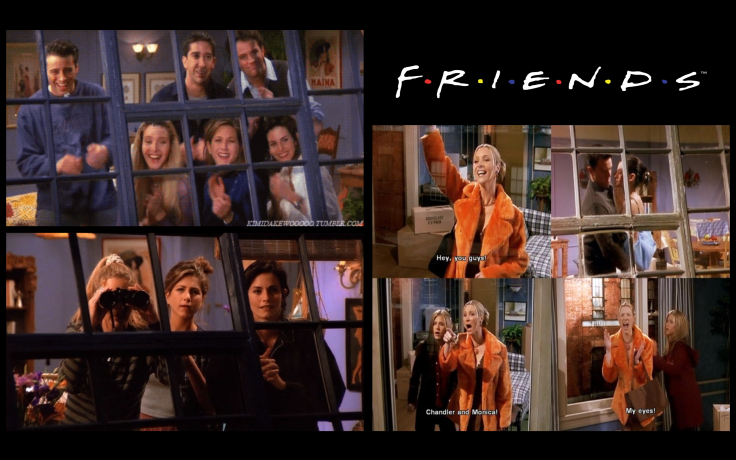
His influence can even be seen in modern television programmes such as Friends who also use their set to reveal the plot and explore the universal gratification of observation.
Equally Hitchcock has defined his style by influences such as Henri-Georges Clouzot The director of hits such as Les Diaboliques (1955) and The Wages of Fear (1953) Although it is hard to tell who inspired who, as according to It’s Only a Movie: Alfred Hitchcock, A Personal Biography By Charlotte Chandle, Les Diaboliques was one of Hitchcock’s favourite films. Clouzot has also said he respects Hitchcock and stated “I admire him very much and am flattered when anyone compares a film of mine to his”
Secondly D.W.Griffith is one of few people Hitchcock has given credit to influencing him. A director born in 1875 dubbed ‘The Inventor of Hollywood’. Hitchcock called him “Columbus of the screen” and stated he founded the modern technique of the art in Film Weekly.
In conclusion Hitchcock’s Rear Window is seen to be a social commentary on human characteristics of voyeurism, identity and gender roles which he depicts through his methodological directorial style, the manipulation of specified set design and cinematography. It is said that he argued that a story’s presentation is more important than the content. Hopefully this analysis has opened a window to many of the subtle nuances Hitchcock is famous for, that can go unnoticed by just one viewing of this film. I just want to leave with one question. If the dialogue was removed do you think this film would be very differently interpreted?
Thea Marshall-Behrendt. 23.11.2015. Kent University.
Resources:
- Steven Jacobs .The Wrong House: The Architecture of Alfred Hitchcock 2007. 010 Publishers.Rotterdam.
- Edited by John Belton. By Scott Curtis. The Making of Rear Window. 1999. Cambridge University Press.
- Edited by John Belton. By Michel Chion. The Making of Rear Window. 1999. Cambridge University Press.
- Juhani Pallasmaa. The Architecture of Image: Existential Space in Cinema. Rakennustieto. 2000. Helsinki.
- Alfred Hitchcock – Masters of Cinema (Complete Interview in 1972) https://www.youtube.com/watch?v=umfiwI-7I0M Viewed on the 17 Nov 2015.
- 55-Minute Documentary on Alfred Hitchcock: ‘Living Famously’ (2003) https://www.youtube.com/watch?v=UoAt5u2umaE Viewed on the 18 Nov 2015.
- Rear Window movie analysis (Alfred Hitchcock) https://www.youtube.com/watch?v=OJGaRyQhk5M Viewed on the 18 Nov 2015.
- Doug Yablun. Rear Window Aesthetics. https://eng3122.wordpress.com/group-3-main/aesthetics/rear-window_aesthetics/ Viewed on the 20 Nov 2015.
- Philip French. The Observer Film. 2007. http://www.theguardian.com/film/2007/sep/16/features.review1 Viewed on the 20 Nov 2015.
- Alfons Puigarnau and Ignacio Infiesta. The Architecture of Thrill: How Hitchcock Inspires Spatial Effects. School of Architecture (UIC Barcelona, Spain) http://www.archdaily.com/775637/six-thrillers-seven-strategies-of-architectural-design Viewed on the 20 Nov 2015.
- François Truffaut. The Definite Study of Alfred Hitchcock. Simon and Schuster Inc. 1985 New York.
- The Oxford Dictionary. http://www.oxforddictionaries.com/definition/english/voyeur?q=voyeurism#voyeur__8 Viewed on the 20 Nov 2015.
- Visual Pleasure and Narrative Cinema (1975) – Laura Mulvey. Originally Published – Screen 16.3 Autumn 1975 pp. 6-18 http://imlportfolio.usc.edu/ctcs505/mulveyVisualPleasureNarrativeCinema.pdf
- Carolyn Bick. 2001. http://languages.oberlin.edu/courses/2011/spring/cine110/cbick/2011/03/21/cinematography-in-rear-window/ Viewed on the 21 Nov 2015.
- Alfred Hitchcock and François Truffaut Interview clips (Aug/1962). http://the.hitchcock.zone/wiki/Alfred_Hitchcock_and_François_Truffaut_(Aug/1962) Viewed on the 21 Nov 2015.
- Bryony Dixon. The restoration of Alfred Hitchcock’s silent films http://www.bfi.org.uk/news-opinion/news-bfi/video/restoration-alfred-hitchcock-s-silent-films Viewed on the 22 Nov 2015.
- Posted on Thursday, May 29th, 2008 by Peter Sciretta. http://www.slashfilm.com/alfred-hitchcock-on-how-the-introduction-of-sound-hurt-cinema/
- http://sensesofcinema.com/2006/great-directors/griffith/ Viewed on the 21 Nov 2015.
- James Chapman. Cinemas of the World: Film and Society from 1895 to the Present. Reaktion Books. 2004.
- Charlotte Chandler. It’s Only a Movie: Alfred Hitchcock, a Personal Biography. 2006
- Pallasmaa. The Architecture of Image: Existential Space in Cinema. Rakennustieto Publishing. 1999.







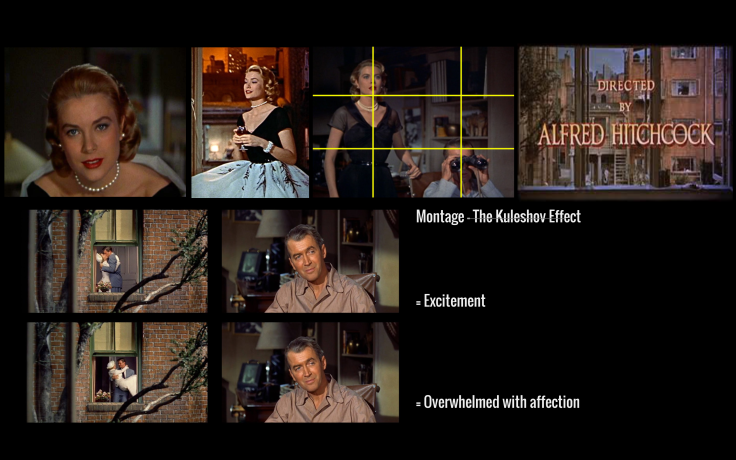


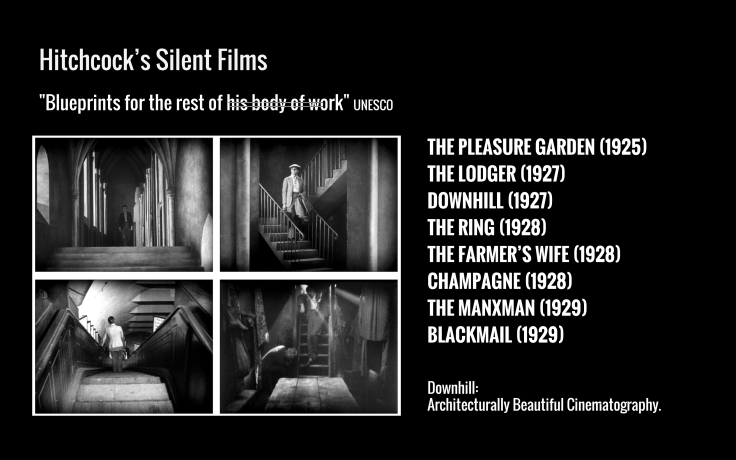
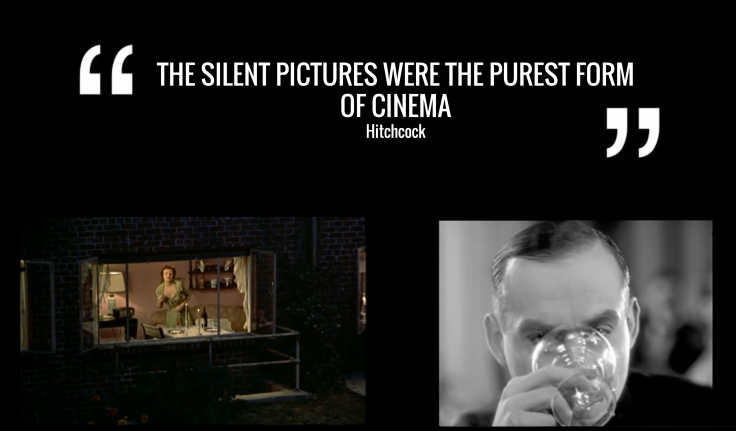
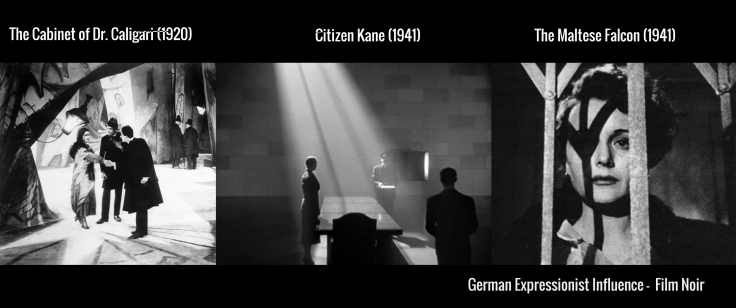



1 Pingback